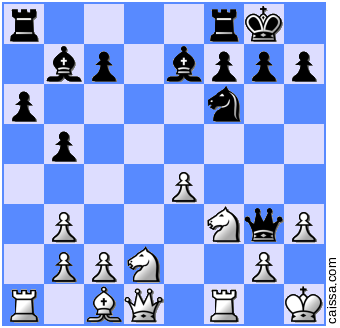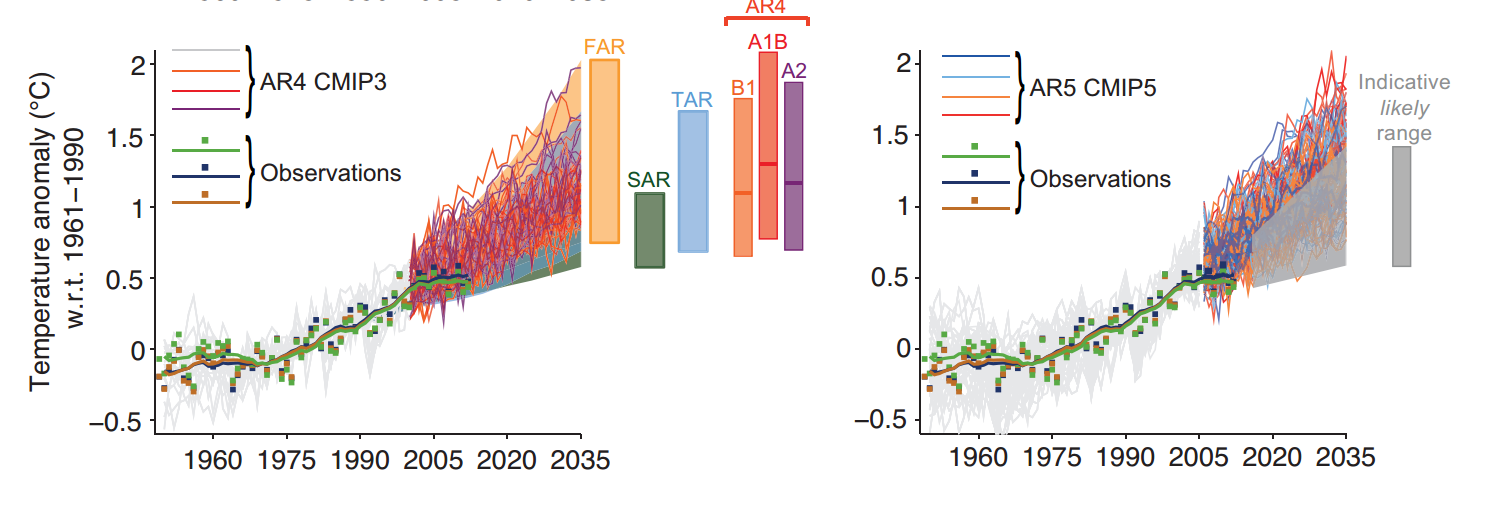Heikki Aittokoski kirjoitti niin ajan hengessä olevan itsenäisyyspäiväesseen että haluan kommentoida sitä, jotta voin myöhemmin muistaa paremmin millainen ajan henki oli.
Itsenäisyyspäivää on tavattu viettää Suomessa varsin virallisesti; presidentin juhlat ja vaihtuvassa kaupungissa sotilasparaati. Mitään kansanjuhlaa ei yleensä vietetä, tosin viime vuosina itsenäisyyspäivänä ollaan järjestetty (vasemmisto)anarkistisia protesteja. Helsingissä on tietääkseni yksi itsenäisyyspäivän kunniaksi järjestetty yleinen kulkue (tänä vuonna toista kertaa), siinä missä vappuna niitä on lukuisia. Tämäkin kulkue on katsottu äärioikeistolaiseksi, joten paitsi että normaalien ihmisten on syytä olla sinne menemättä, vasemmistoanarkisteilla on suunnitelmissa häiritä kulkuetta. Vastamielenosoituskutsusta:
Ritsat valmiina, munat korissa, tähtäin asetettu – on aika suuttua! Vapautemme on uhattuna 6.12.2015, kun natsisiat aikovat marssia Helsingissä. Me olemme kirjava joukko vihaisia lintuja, joiden vapautta pakkotyö, rotuerottelu, sukupuolisyrjintä, köyhyys ja lisääntyvä kontrolli uhkaavat. Me emme katso vierestä, kun äärioikeisto aikoo marssia kaduillamme! Nyt on Vapaus pelissä!
Kulkueessa todella on mukana fasisteiksi nimitettyjä henkilöitä – kukaan muu ei itsenäisyyspäivänä kai halua kulkuetta pitää. Valtavirtaa on virallinen ja perinteinen viettotapa, jossa isänmaallisuutta ainakin käsitetasolla pidetään kunniassa, mutta siitä “ei tehdä numeroa”. Modernin vasemmiston näkökulmasta taas isänmaallisuus ylipäätään on epäilyttävää. Nationalismikriittisyyden kanssa käsi kädessä kulkevat kansainvälinen solidaarisuus, feminismi, antirasismi ja muut nykypäivän vasemmistolaisuuden ytimessä olevat asiat.
Heikki Aittokoski on sen verran establishment-tyyppi ettei halua luopua isänmaallisuudesta sanana:
Elämme siitä omituisia aikoja, että normaali, terve isänmaallisuus, joka sivumennen sanoen ei ole ristiriidassa kansainvälisyyden kanssa, on joutunut puristuksiin.
Polttopullonationalistit ja siniristirasistit luulevat liikkuvansa isänmaan asialla. Yrittävät omia lippumme, ei käy.
Mitä terve isänmaallisuus ei ole:
Ajatuskuvio menee jotenkin näin: Kansallisvaltion pitää sulkea ulkopuoliset ulos. Kansakunnalla on jonkinlainen luonnollinen, idyllinen perustila, josta on erkaannuttu aivan väärille poluille. Ja on olemassa yhtenäinen kansa – etnisesti yhtenäinen, kulttuurisesti yhtenäinen.
Kansan käsite ei saa olla poissulkeva. Olen monta kertaa kuullut tämän kriteerin, mutta en vieläkään ymmärrä sitä. Mikä todella olisi ei-poissulkeva kansa? Ainakaan se ei voisi tarjota jäsenilleen mitään mainittavaa suosimista tai etua, sillä potentiaalisia edun nauttijoita löytyy ryhmän ulkopuolelta aina enemmän kuin sen ylläpitäjiä ryhmän sisältä. Yhteismaan ongelman tunnetuin tutkija Elinor Ostrom kiteytti yhteisen hyvän ylläpitämisen edellytykset seuraavasti:
- Yhteishyvällä tulee olla selvät rajat. Yhteinen käsitys siitä, mitä hyvä on, ja kyky sulkea pois ulkopuoliset tahot.
- Yhteishyvän käytölle ja ylläpidolle tulee olla yhteisesti hyväksytyt ja sopivat säännöt.
- Yhteisen päätöksenteon mekanismit jotka sallivat valtaosan yhteishyvään osallistujista osallistua myös päätöksentekoon.
- Valvonta- ja kontrollielin joka joko kuuluu yhteishyvään osallistujiin tai ovat näille tilivelvollisia.
- Progressiivinen rangaistusasteikko sääntöjä rikkoville yhteishyvään osallistujille.
- Konfliktinratkaisumekanismi joka on riittävän kustannustehokas ja riittävän monen osallistujan saatavilla.
- Yhteishyvää hallitsevan yhteisön suvereniteetti ylemmän tason auktoriteettien silmissä.
- Ylisuurten / kompleksisten yhteishyvien tapauksessa riittävän monikerroksinen sisäkkäisten tällaisten yhteisöjen järjestelmä.
Ostromiin viitataan kyllä usein, mutta jostain syystä ohimennen ja pintapuolisesti (“hän osoitti että yhteistä omaisuutta ja yhteisiä asioita voidaan hallinnoida usein parhaiten ruohonjuuritasolla”) ja antaen “yleishumaanin” vaikutelman. Ehkä siksi että hän ylipäätään halusi tutkia tätä kysymystä (ennen Ostromia taloustieteessä ajateltiin että yhteinen hyvä nyt vain yleensä ajautuu ongelmiin eikä sille voi mitään), ehkä siksi että hän on nainen. Mutta tuo luettelohan on kuin konservatiivin käsikirjasta! Jos haluaa että valtio, kansakunta tai mikä tahansa yhteistä hyvää hallinnoiva taho todella pitää hallussaan jotain arvokasta, poissulkevuus on tälle ehdoton vaatimus. Ostrom nimenomaan kävi läpi ja pyrki tunnistamaan yhteisöjä jotka ovat onnistuneet välttämään yhteismaan ongelman, ja mahdollisuus poissulkevuuteen oli niille kaikille yhteistä.
Mitä terve isänmaallisuus on:
Maltillisen enemmistön täytyy pystyä pitämään kiinni kouhotusvapaasta, rauhantahtoisesta isänmaallisuudesta, pari kynttilää ikkunalaudalle, lämmin ajatus sotien ja kotirintaman veteraaneille, ja katsos nyt millaisessa kauhtanassa tuokin on Linnaan mennyt.
Nämä ovat symboleja, mutta missä sisältö? Tulee mieleen juhlajumalanpalvelus jonne mennään palvomaan juhlajumalaa. Vaikka tämän kirjoituksen perusteella saatan vaikuttaa kiihkoisan isänmaalliselta, urheilukilpailujen aikaan ihmettelen miten valistuneet globalistit jaksavat riehaantua etenkin Suomen jalkapallomaajoukkueen tuloksista. Ehkä se johtuu juuri tästä tarpeesta tarrautua symboleihin, koska ei olla valmiita luopumaan kansallishengestä symbolitasolla.
Lisää kategoriavirheitä:
Ei ole mikään valintakysymys, haluaako kansakunta olla kansainvälinen. Talous on kansainvälinen, ilmasto on kansainvälinen, kriisit ovat kansainvälisiä, kansainvaellukset ovat luontojaan kansainvälisiä.
Kansakunta ei voi olla kansainvälinen, vaan kansainvälisyys on jotain joka tapahtuu kansakuntien välillä. Esimerkiksi Suomen taloudessa on kansainvälinen osa (ulkomaankauppa) ja kansallinen osa. Korkeintaan voidaan sanoa että Suomen talous on kansainvälinen siinä mielessä että kauppa on Suomelle tärkeää.
Kansainvälinen ja ylikansallinenhan ovat olennaisesti synonyymeja, mutta niillä on tavallaan vastakkainen polariteetti: kansainvälisyys on hyvää, ylikansallisuus pahaa. Voisiko puhua ylikansallisesta kansakunnasta?
Voi olla vaikea sanoa mitä isänmaallisuus on, mutta mikä on sen syy? Jos haluaa nähdä kansallisaatteen tekona, voidaan palata vaikkapa Suomen itsenäisyyden syntyhetkiin. Oliko Suomen itsenäistymisen syynä sellainen symboliikka jota Aittokoski korostaa? Oliko niin tärkeää päästä olemaan kouhotusvapaita ja rauhantahtoisia kynttilänpolttajia? Lippu piti erikseen keksiä, ja kansallisnarratiivikin oli enemmän tai vähemmän tekemällä tehty edeltäneen vuosisadan aikana. Suomea sai Venäjänkin alaisuudessa käyttää.
Itsenäisyysjulistuksen mukaan
Suomen kansa ottanut kohtalonsa omiin käsiinsä, ja nykyiset olot sekä oikeuttavat että velvoittavat sen siihen.
Olot olivat sellaiset, että emämaa Venäjän asiat olivat sekaisin, ja oli syytä uskoa että suomalaisten asiat kiinnostivat sitä entistäkin vähemmän. Maailma oli kova paikka ja suomalaiset halusivat jonkin organisaation vaalimaan heidän etujaan ja heidän turvallisuuttaan. Sitä varten tarvittiin hallitus. Ei se oikeastaan ole sen monimutkaisempaa. Jos jokin ihmisryhmä on halukas ja kykeneväinen liittymään yhteen puolustaakseen toinen toistensa etuja, syntyy yhteisö joka kykenee luomaan ja puolustamaan yhteistä hyväänsä. Kun tällä ihmisryhmällä on tarpeeksi jaettua kielellistä, kulttuurillista, maantieteellistä ja historiallista yhteyttä, kutsutaan yhteisöä kansaksi, ja jos muut valtiot tunnustavat yhteisön valtioksi, kyse on kansallisvaltiosta.
Tällaista isänmaallisuutta – omien maanmiesten hyvinvoinnin asettamista muiden edelle – on tapana nykyään nimittää itsekkyydeksi, mutta se on oikeastaan askel ylöspäin itsekkyydestä, oman etupiirin laajentamista perheestä tai kylästä huomattavasti kauemmaksi. Tärkeä kysymys onkin nyt se, onko tullut aika laajentaa tätä itsekkyyden piiriä edelleen. Minusta näyttää siltä että Eurooppa on osoittautunut liian pitkäksi askeleeksi, mutta monelle se ei alkuunkaan riitä, vaan on kiire laajentaa sitä koskemaan koko ihmiskuntaa. Tämä on minusta toivotonta jo siksi, että ihmiskunta ei ole meistä kuullutkaan.
Minulle isänmaallisuus on sitä, että härskisti maksan Suomeen enemmän veroja kuin annan muun maapallon hyväntekeväisyyteen yhteensä, ajattelen äänestäessäni Suomen etua, tunnen mielihyvää suomalaisten menestyksestä ja kuvittelen että muut suomalaiset näkevät minut maamiehenään ja haluavat minulle hyvää.



